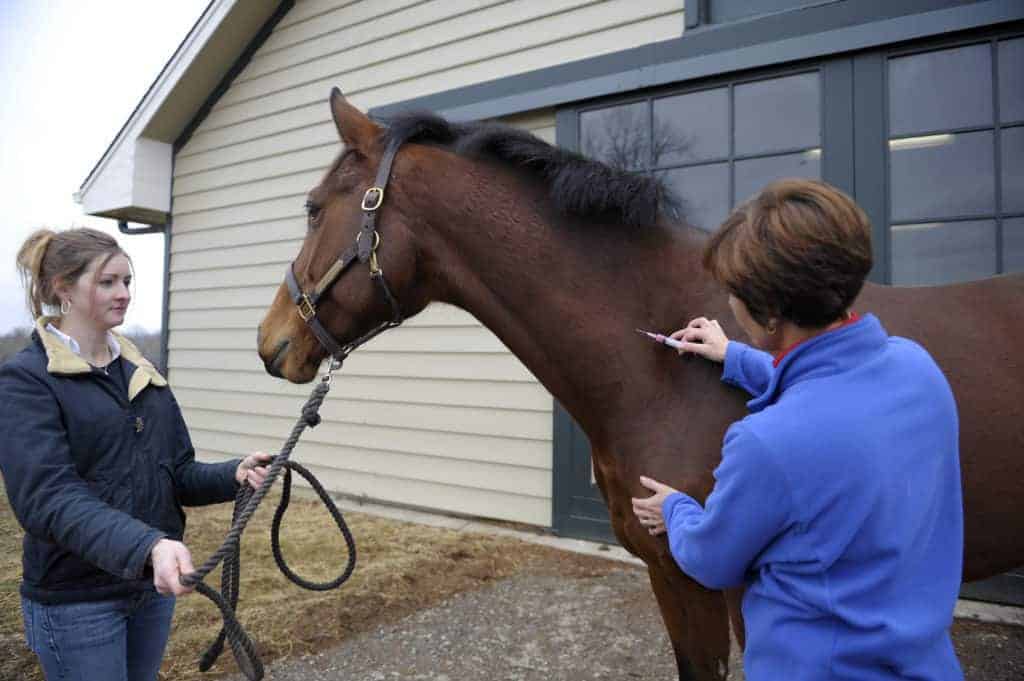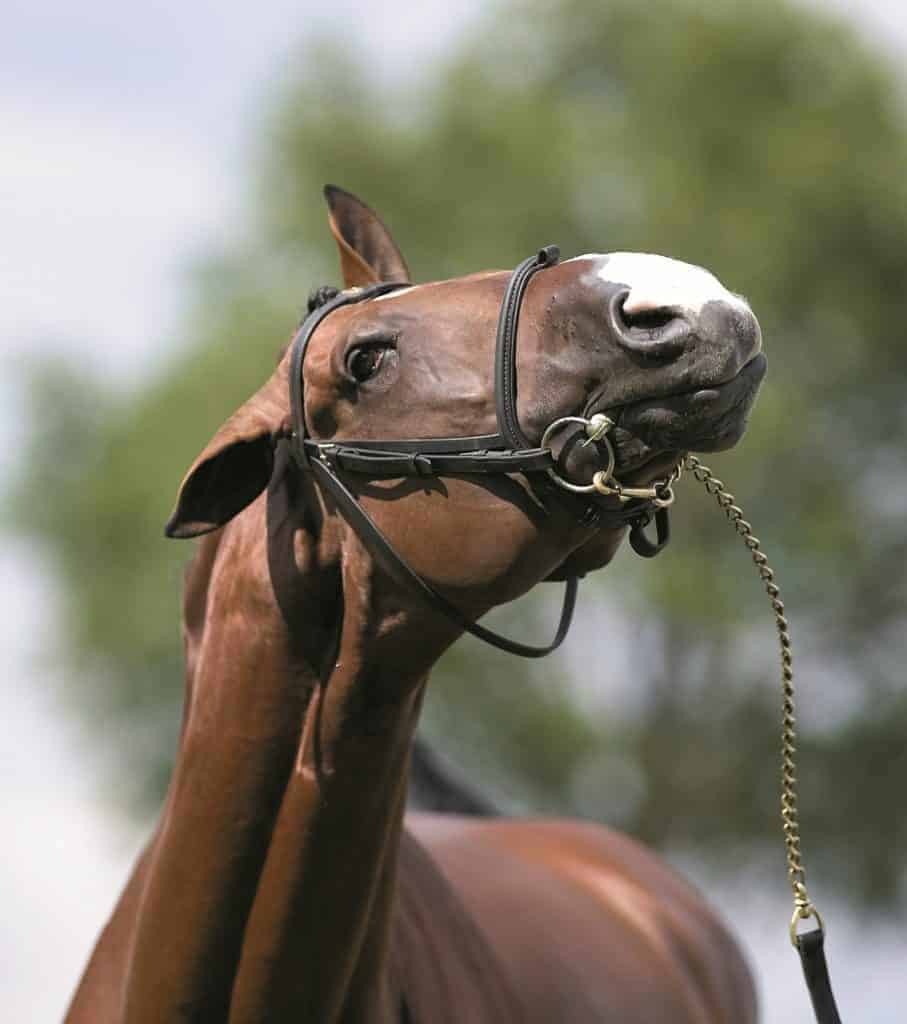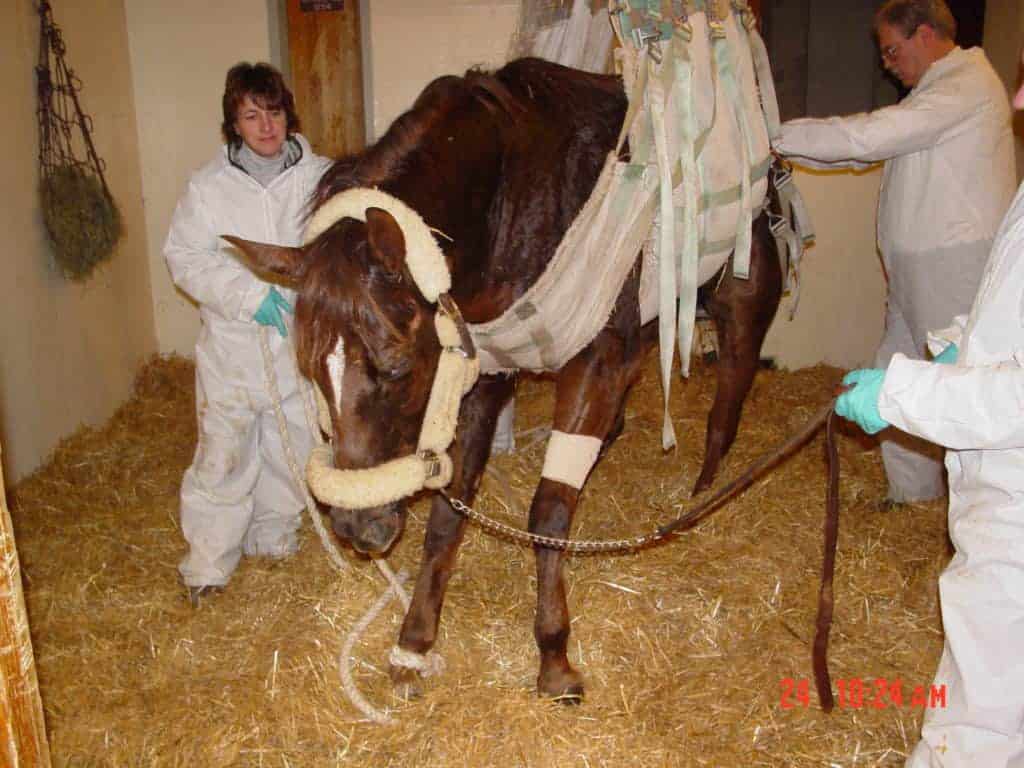LDAF Monitoring Horses Imported from Illinois
Owners must provide health certificates to the La. State Veterinarian’s Office prior to the animal’s entry.
Owners must provide health certificates to the La. State Veterinarian’s Office prior to the animal’s entry.
All horses entering Kentucky from Illinois must have an entry permit issued by the KDA.

The horse, who began showing neurologic signs of disease on Dec. 23, is recovering with veterinary care.

The discussion focused on four continuing problems: EHM, EPM, WNV, and other encephalitides.
The EHV-1 quarantine could be lifted around Jan. 10, track officials say.
Eighteen days have passed since the last EHV-1-related death at the racetrack.
The UM Large Animal Hospital has discharged the final patients and reopened to business as usual.

A Nov. 26 positive EHV-1 test extends the Hawthorne quarantine until at least Dec. 24.

Researchers recently tested if idiopathic headshaking in horses could be similar to a condition in humans.
Two hospitalized horses have returned home after receiving treatment; a third continues to recover.

The outbreak appears to be contained, but shipping restrictions have made it challenging to fill races.

One veterinarian discussed disease characteristics and why it might be on the rise at a recent conference.
No further EHV-1 cases have been diagnosed in the Utah since the initiation of the quarantine on Oct. 17.

Five of seven horses residing on the index farm have developed clinical signs consistent with the disease.

Three Hawthorne horses have died since the start of the outbreak last month.
Equine herpesvirus-1, vesicular stomatitis, and West Nile virus were all confirmed in Colorado horses in 2012.
Stay on top of the most recent Horse Health news with
"*" indicates required fields